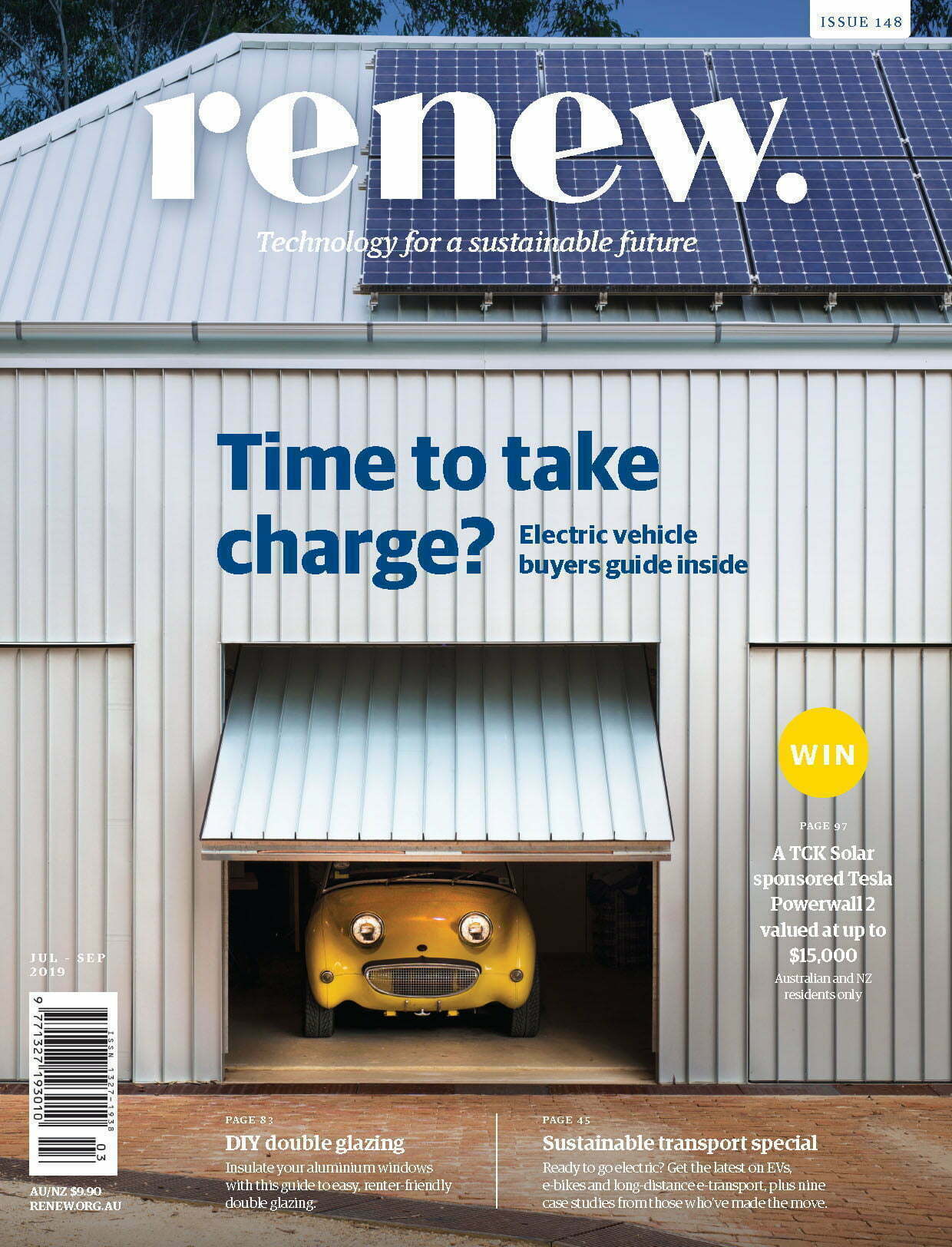Don’t mention the emergency?

Climate change or climate emergency? At a Renew Melbourne branch meeting, clinical psychologist and climate activist Jane Morton explained that the language we use is important.
When clinical psychologist Jane Morton attended a climate talk in 2007, she wasn’t expecting a life-changing experience. But that’s what she got. The graph that got her attention was one showing the extent of the summer Arctic sea ice (Figure 1). “The red line had fallen off the worst-case predictions and was now heading to what looked like an exponential curve.”
She found herself on the mailing list of David Spratt and Philip Sutton, who were writing a book called Climate Code Red. “They were saying even then that it was an emergency, and the scale and speed of changes that would be needed were like in a war.”
She became a spare-time climate activist in the years that followed, but her focus on values work in her practice as a psychologist guided her decision to make a more wholesale life change. She was using Acceptance and Commitment Therapy, an approach based on accepting difficult feelings while taking action guided by your values. So in 2012 she took long service leave and never returned. “I had come to the view by then, that we had ten years to act”—those ten years were 2010 to 2020.
How to convey an emergency message?
Jane is convinced that the severity of the existential threat we’re facing is not widely understood: “The message is just not reaching the public.” She believes that this lack of understanding is partly caused by a combination of the understandable tendency of scientists to speak cautiously, and the strength of the ‘campaign of lies’. However, her particular interest is in a third problem: the widespread misconception that the public should not be told the full truth because “fear doesn’t work”.
Much of the discussion around the psychology of the climate emergency to date, says Jane, is written by people who don’t understand the urgency. Jane argues that in an emergency there’s only one form of messaging that has ever been used: tell people clearly and honestly about the danger, and tell them what to do to get to safety.
“If a fire is approaching your town, imagine a debate in the fire control room: ‘It’s a really dangerous fire, but we shouldn’t tell the public how bad it is because fear doesn’t work.’ You would never hear that.”
Telling the scary truth
According to Jane, it’s time to tell the truth about the climate and ecological emergency we’re now facing. Jane wrote a booklet called ‘Don’t mention the emergency?’ to explain how to do this. The first step is to say ‘climate emergency’ instead of ‘climate change’. The opponents of climate action know that research shows that people are less likely to be concerned and less likely to take action when the term ‘climate change’ is used. Saying ‘global warming’ is better, but ‘climate emergency’ is stronger still. A shift into emergency mode is unlikely to happen if the language does not shift.
We need to shift the ‘Overton Window’ (see Figure 2)—the range of ideas that are seen as being in the ‘sensible centre’. Opponents of action have been successful in shifting the public debate by sticking relentlessly to a strong message that scientists are lying, that climate is always changing. According to Jane, climate campaigners would do better to stick to a strong climate emergency message that we are risking human civilisation, and indeed human extinction, rather than joining the climate science deniers in debating whether climate change is real.
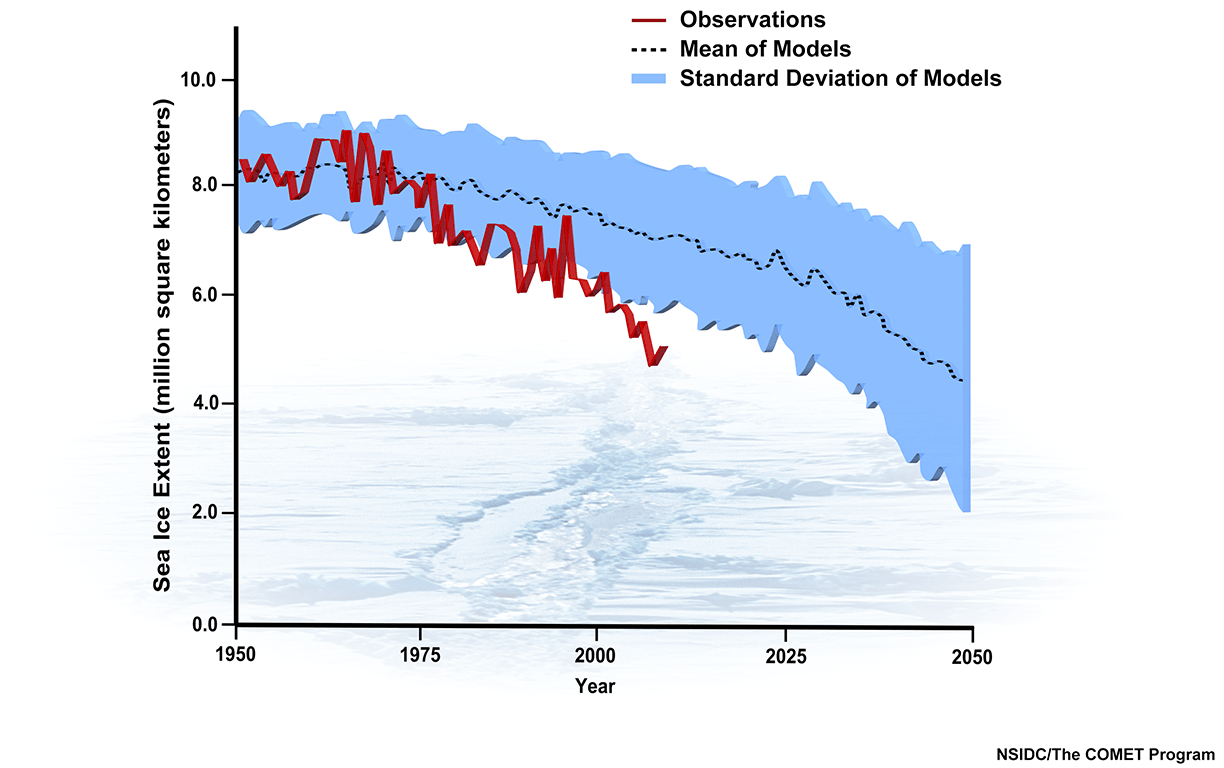
Asking the right question
Jane believes that the wrong question is often being asked. “We still have people going to the Labor party and saying, ‘Will you stop Adani?’ But what I would ask the Labor Party is, ‘Will you declare a climate emergency?’ It’s partly about the language. If we ask for very little, we’ll get very little.”
And it’s crucial to convey the message with stories and imagery rather than numbers. “I personally don’t want to start with anything about 1 degree or 2 degrees. People are moved to action by emotion, and less so by the numbers,” she says.
Forget the numbers—the Earth is too hot
Start by explaining that the Earth is already too hot. If you accept that, then it’s clear our remaining carbon budget is zero—indeed it’s clear our carbon budget was used up years ago. Another thing that follows directly is that we’ve got to stop making the Earth hotter and start making it cooler. This means reaching zero emissions plus drawing down the excess carbon dioxide already in the atmosphere. It also means that from now on all the extra carbon dioxide emitted into the atmosphere has to come back down at some point.
Jane gets annoyed when she hears people say we’ve got 12 years to act. “If you say ‘we’ve got 12 years’ to a politician, they think ‘we’ve got 11 years to do nothing’.” If we accept that the Earth’s already too hot, all we can sensibly say is we’ve got to do everything we possibly can, as fast as we possibly can.

Sounding the alarm
Jane points out that we are doing damage that we have no idea how to reverse. For example, the Atlantic Meridional Overturning Circulation, an ocean current that is a key component of the Earth’s climatic system, has already slowed by 15%, a very dangerous situation according to oceanographer and climatologist Stefan Rahmstorf (Figure 3).
The IPCC understates the risks, as explained in David Spratt’s 2018 report ‘What Lies Beneath: The Understatement of Existential Climate Risk’. Hans-Joachim Schellnhuber wrote in the foreword: “Climate change is reaching the end game, where very soon, humanity must choose between taking unprecedented action, or accepting that it has been left too late and bear the consequences.”
It’s time to sound the alarm. Scientists have recently begun talking about new risk categories (Figure 4 shows a simplified version of a graph from a paper by scientists from the Committee to Prevent Extreme Climate Change). Warming of 1.5 °C is now considered ‘dangerous’, not the 2 °C typically referred to in climate negotiations. Warming of 3 °C to 5 °C is now considered ‘catastrophic’ and a new category has been introduced, ‘existential’, which refers to an increase of 5 °C or more. An ‘existential’ threat is a risk that human civilisation could end and most people on earth could die.
The authors of the paper that presents the graph in Figure 4 say that to keep the global temperature increase to well below 2 °C, or around 1.5 °C, we must pull hard on three ‘levers’ to reduce emissions at emergency speed. We must:
- Reduce carbon emissions to zero quickly
- Reduce short-lived pollutants such as methane and hydrofluorocarbons as much as we can
- Draw down the excess carbon dioxide already in the atmosphere.
If we make slow to moderate reductions, the risk is catastrophic. If we make slow reductions, the risk is existential.
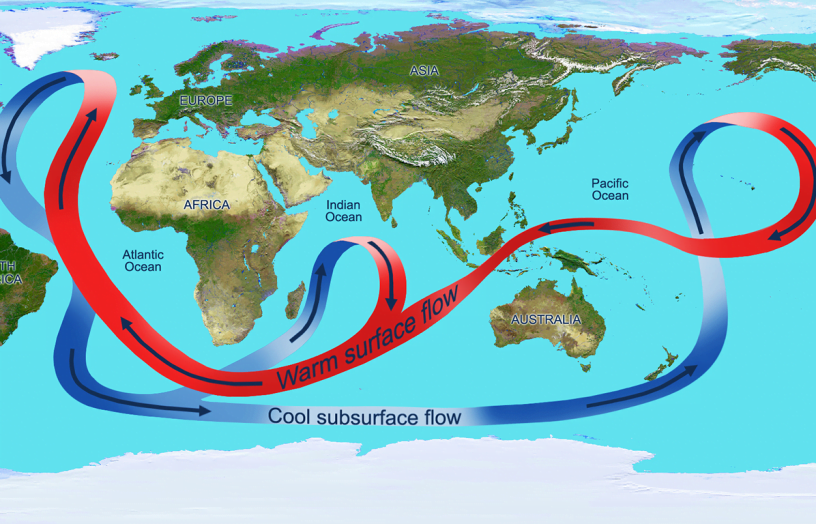

Don’t go over the edge
“We could set off a cascade of tipping points that’ll take us towards ‘Hothouse Earth’, even if we stay below a 1.5 °C increase, and staying at 1.5 °C is going to be tough,” says Jane (see Figure 5). “If we work really hard, we can pull ourselves back from the brink of disaster. And if we don’t work really hard, we may go over the edge.”
As she notes, we’re already seeing the start of the breakdown of organised human societies in some parts of the world with food and water shortages contributing to conflicts and mass migration in vulnerable countries. “We are all in this together,” Jane says. “If human civilisation breaks down, there will be no safe place to hide.”
Moving into emergency mode
The obstacles to action are not technological but psychological and political. What is required is a psychological shift into emergency mode. “Imagine you are sitting around the kitchen table, and then the stove catches fire. Suddenly, everything else is forgotten, you focus on that fire until you put it out, or you’ve escaped, or you’ve done whatever you can. And that’s the shift we need in society.”
Jane believes the mobilisation has to be society-wide, “at a speed and scale never before seen in peacetime.” There has to be regulation and it has to be fair. It applies to everyone: “It’s not that the poor suffer and the rich just keep on doing whatever they like.”


The technology to come
Jane points out that former NASA climate scientist James Hansen says that if we move fast to reach zero emissions, we can then do most of the drawdown task using natural methods like reafforestation and regenerative farming. But if we leave it too late we will bequeath to those who come after us ‘the young people’s burden’: “That’s when our children have got to spend trillions and trillions of dollars on making machines to draw down carbon dioxide. And by then, there are so many feedback loops operating, putting more and more [carbon] into the air, that trees and farming can’t fix it.”
From little things, big things grow
We are so close to being out of time, but Jane draws hope from Paul Gilding, author of The Great Disruption. He says that there are social tipping points, as well as climate tipping points, and you can’t see these tipping points until afterwards: “You can campaign for years without noticeable impact and then everything suddenly changes.”
The school strike is an obvious example of a social tipping point. Jane remembers a friend saying, “Come and watch this Greta in Sweden, she’s amazing!” and wondering why her friend was getting so excited by one kid outside parliament. And then the last school strike involved around 1.5 million around the world, all in less than six months.
In Australia, Jane saw things begin to change in 2016 when Australian activists started a campaign calling for the declaration of a climate emergency. The campaign included seeking pledges of support from election candidates. At the council elections later that year in Darebin, in Melbourne’s inner north, half of the candidates and two-thirds of those elected supported the declaration. “Then, in the very first council meeting, they went ahead and declared a climate emergency.” Suddenly, after years of hard campaigning, it got easier: “The council wrote a great emergency plan, they ran an emergency conference, they influenced other councils. As soon as we started using a strong clear emergency message things started to happen.”
Jane says that The Climate Mobilization, a grassroots climate emergency group in the United States, had a similar experience within months of using strong messaging, successfully shifting Democratic Party presidential primary candidate Bernie Sanders to supporting a World War Two scale emergency transition, and persuading councils—and whole cities, like Los Angeles—to declare an emergency. To date, over 500 councils around the world have declared an emergency.
Extinction Rebellion
The Extinction Rebellion (XR) is a really exciting development right now, says Jane. The message is plain: our political system is broken—we are risking human extinction unless we rebel. XR specialises in highly disruptive but peaceful civil disobedience. They are a single issue campaign focusing on creating sufficient disruption in a major city that the government comes to the negotiating table. In April this year they shut down central London for 11 days and the United Kingdom government became the first national government to declare an environmental and climate emergency.
XR focuses on confronting and visually impactful protests that use shows of vulnerability and self-sacrifice, such as protesters gluing their hands to windows or pavements and risking arrest in large numbers. One recent example was a ‘blood of our children’ protest that involved pouring large amounts of a non-toxic blood-like substance on the street. The XR approach is to be disruptive, but respectful.
The Extinction Rebellion’s demands are that government: declares an ecological and climate emergency and tells members of the public the truth; takes action to reach zero net emissions by 2025; and establishes a citizen’s assembly to oversee the process as part of building a democracy fit for purpose. There are now XR groups in over 30 countries.
Ask a politician to pledge
Jane suggests one of the most powerful things you can do is to ask a politician to state their support for the declaration of a climate emergency. Ask them:
- Do you agree the Earth’s too hot?
- Do you agree this means we’ve got zero carbon budget and we have to get to zero emissions as fast as we can?
- Will you support the declaration of a climate emergency? Sign here (see below).
- May I take a picture for social media?
Little numbers for a big impact
Erica Chenoweth, a political scientist who has examined most of the big social movements in the last century, found that non-violent movements are much more likely to succeed than violent ones. She says that only 3.5% of the population needs to mobilise to bring about massive social change, or even the fall of a regime. “I found that very encouraging when I heard it,” Jane says.
A rebellion is born
Roger Hallam was one of the people involved in starting the Extinction Rebellion in the UK. Jane says she felt elated when she heard him say that 500 people in jail or 5000 arrested is more politically effective than a million on the streets—and so much easier to organise! She adds: “There are all sorts of changes that on the face of it should have been easy—consider women’s suffrage, but that didn’t happen until respectable women started getting arrested.”
The power in asking
So what can we do? Jane has been working with various groups for years, writing reports, signing petitions, doing grassroots organising. But now she says: “It’s time to tell the truth and act as if the truth is real. It’s time to rebel.” Getting arrested is not required of everyone who joins the Extinction Rebellion: for every person who wants to get arrested, there are a hundred who are on the streets but not risking arrest, or helping with social media, fundraising, tech support, or artwork. So she says: “Stay in the loop—sign up for XR news to join the rebellion and at the Cedamia website to join the climate emergency declaration councils campaign.” See resources list below.
“If you can persuade just one of your friends to join the Extinction Rebellion, that would be powerful—many times more so than personal actions that reduce your own carbon footprint,” Jane says. “And other powerful actions are to ring up talkback radio or persuade a politician to support the declaration of a climate emergency.”
Based on psychology, she says that “even a politician can’t stop their brain reacting to your emotion. So one-to-one contact with politicians works.”
The Greta factor
Jane says we can’t go better than Greta’s version of emergency messaging: “I don’t want you to hope, I want you to panic. I want you to feel the fear I feel every day. I want you to act. I want you to act as you would in a crisis. I want you to act as if the house is on fire—because it is.”
How do you want to be remembered?
Ultimately, the question Jane has for us is the same question she once had to answer: “How do you want to be remembered?” She thinks we all want to be remembered for what we did, rather than what we wanted to do but never got around to; that, as Albert Einstein said, “The world is a dangerous place to live, not because of the people who are evil, but because of the people who don’t do anything about it.”
Extinction Rebellion Australia: ausrebellion.earth
Australian campaign to declare a climate emergency: climateemergencydeclaration.org and www.facebook.com/ClimateEmergencyMobilisation
Climate Emergency Declaration and Mobilisation in Action: www.cedamia.org
Council Action in the Climate Emergency: www.caceonline.org
A discussion of Erica Chenoweth’s research: bit.ly/wnv-nvr
Jane Morton, ‘Don’t mention the emergency?’, 2018. Download at climateemergencydeclaration.org/climatemessaging
David Spratt and Ian Dunlop, ‘What Lies Beneath: The Understatement of Existential Climate Risk’, report, 2018.
David Spratt and Philip Sutton, Climate Code Red, 2008.
David Wallace-Wells, ‘The Uninhabitable Earth’, in New York magazine, 2017. And the 2019 book The Uninhabitable Earth: Life after Warming, by the same author.
Naomi Oreskes and Erik M. Conway, Merchants of Doubt, 2011.
Paul Gilding, The Great Disruption, 2011.
Further reading
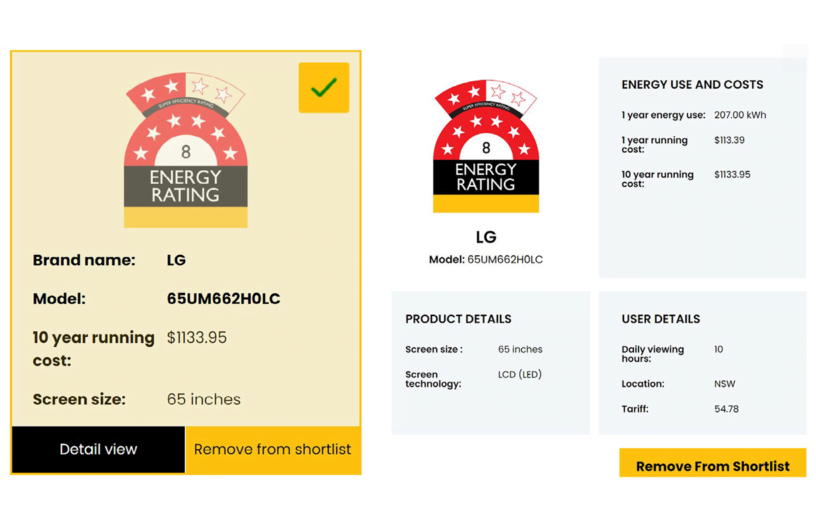 Pears Report
Pears Report
Fossil fuels, efficiency and TVs
Alan Pears brings us the latest news and analysis from the energy sector.
Read more Climate change
Climate change
What we can learn from Spain’s response to heatwaves
As Australia heads into a summer set to be marked by climate change and El Niño, resilience to extreme heat is front of mind. Renew’s Policy and Advocacy Manager Rob McLeod reports on Spanish responses to heatwaves and the lessons for Australia.
Read more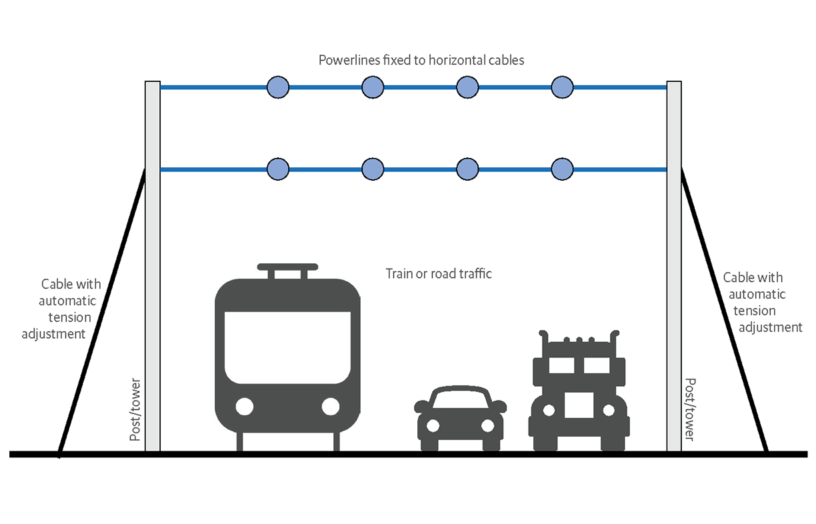 Pears Report
Pears Report
Transmission and emissions
Alan Pears brings us the latest news and analysis from the energy sector.
Read more

